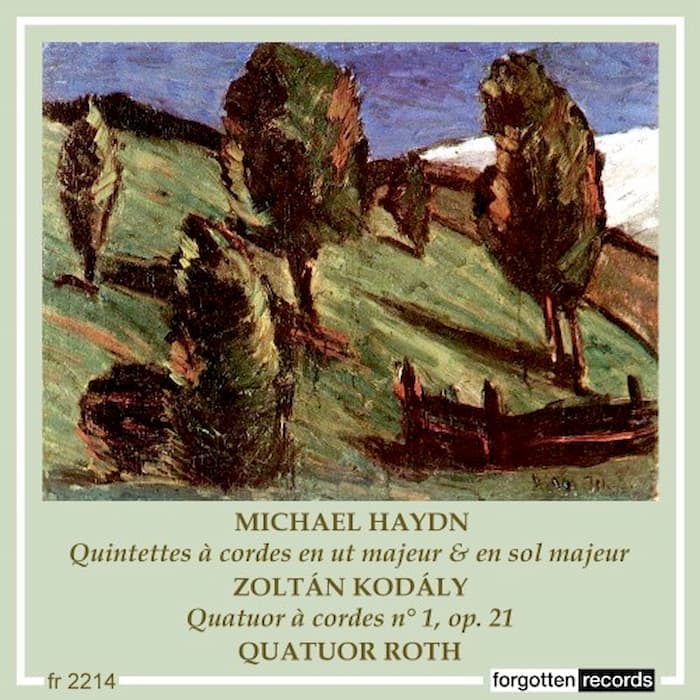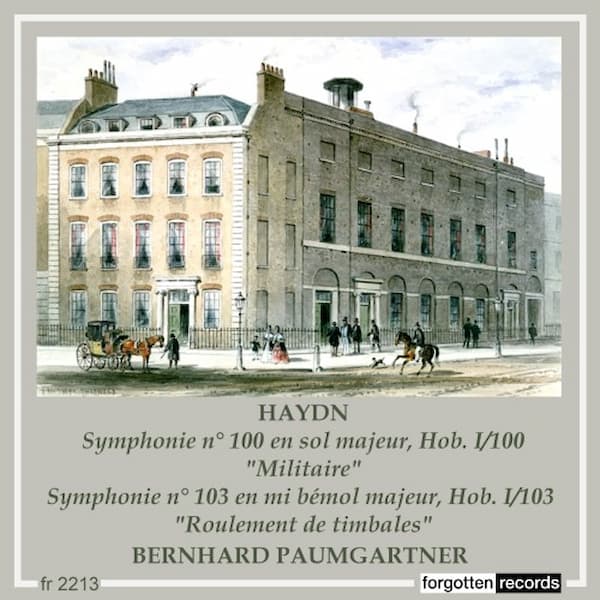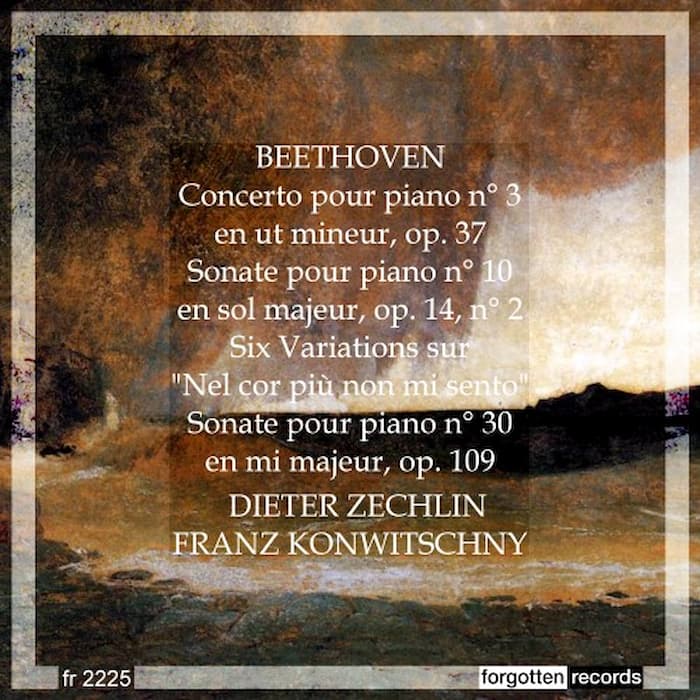Robert Schumann (1810–1856), like Brahms after him, had to confront the symphonic legacy left to the world by Beethoven. Schumann was very much the composer of the Romantic where ‘music should be, above all else, a means of expressing intense passions, yearnings and exaltations’. But, along with Beethoven’s Romanticism, German composers of the early 19th century had also inherited the classical tradition of form and structure from Haydn and Mozart. Beethoven’s contribution was that the symphony could be a vehicle for personal expression.

Josef Kriehuber: Robert Schumann, 1839
Schumann attacked the symphony with his usual celerity, completing his piano sketch for the first symphony in just four days and the full score in a month. Despite giving it the title of his Spring Symphony, the work was written in January and February 1841. Taking his cue from a poem by Adolf Böttger (1815-1870) and probably also from Beethoven’s Sixth Symphony’s movement titles, Schumann initially gave each movement a title: Awakening of Spring, Evening, Merry Playmates, and Spring’s Fullness. These titles were eventually dropped for tempo indications, and Schumann denied any idea of a narrative program, saying merely that ‘The music is not intended to describe or paint anything definite. I was inspired, if I may say so, by the spirit of spring’, as he told fellow composer Ludwig Spohr.
The work premiered on 31 March 1841, with Felix Mendelssohn conducting the Gewandhaus Orchestra in Leipzig. In typical egocentric fashion, Schumann wrote about its reception in his diary:
‘It was received with such enthusiasm as I don’t think has been accorded any symphony since Beethoven’.
The work opens with a brass fanfare that Schumann called ‘a summons to life’. This initial motif becomes the germination point for the entire symphony. It forms the core of the first theme and appears throughout the entire first movement.
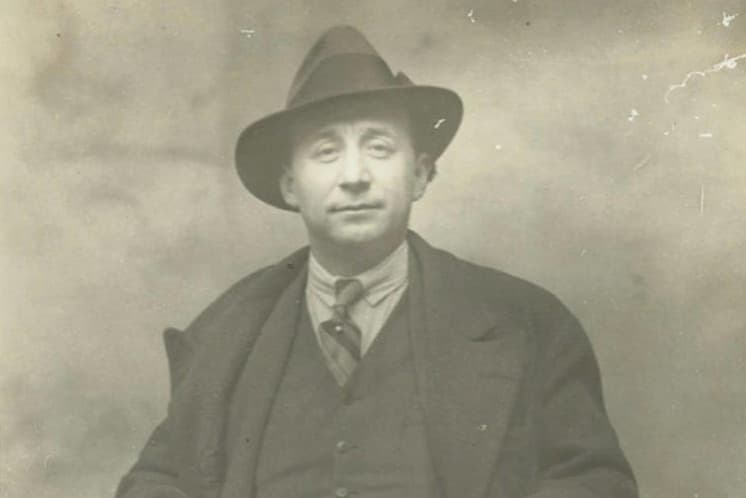
Piero Coppola
The recording was made in 1946 in London, with Piero Coppola leading the National Symphony Orchestra. The National Symphony Orchestra in London was founded in the 1940s as a recording orchestra across all genres: Classical, Film and TV scores, West End and Broadway Musicals, and accompanying celebrated international singers. They now also do concert performances in London and elsewhere in England.
Italian conductor, pianist and composer Piero Coppola (1888–1971) graduated in piano and composition from the Milan Conservatory in 1910 and by 1911 was conducting at La Scala. From 1921, Coppola lived in London and then France, where he was the artistic director of His Master’s Voice (La Voix de son Maître), the French branch of the London-based Gramophone Company. He was known for his recordings of Debussy, who he first heard conduct in 1911 and who immediately impressed him with his music. He made the first recordings of Debussy’s La Mer and Ravel’s Boléro, and his later Debussy recordings have been recognised as both masterpieces as ‘closest to Debussy’s thought.’
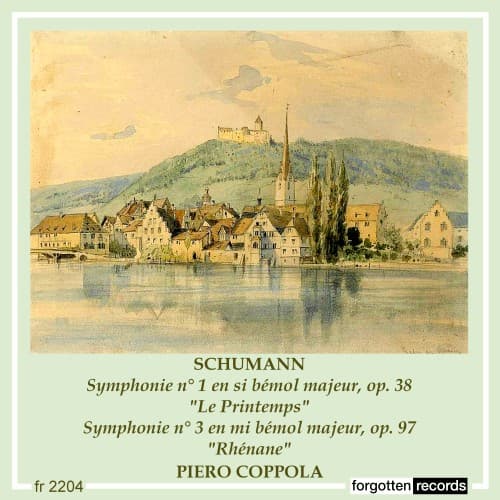
Performed by
Piero Coppola
National Symphony Orchestra
Recorded in 1946
Official Website
For more of the best in classical music, sign up for our E-Newsletter

